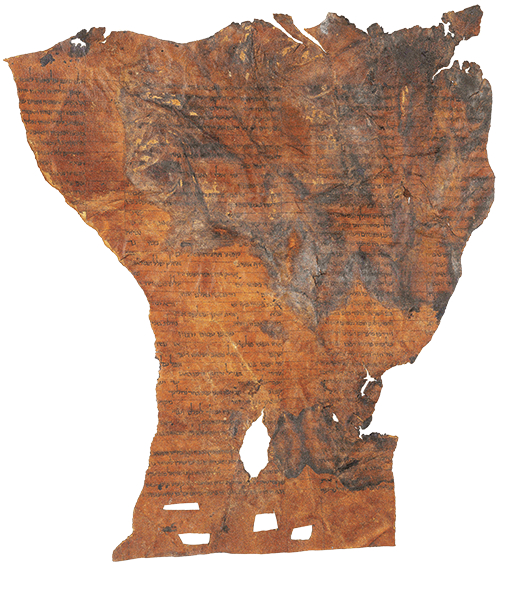Image Details

© The Israel Museum, Jerusalem, by Ardon Bar Hama
MISSING LINK. The Hebrew Bible had a long transmission history before it reached its standardized form, as seen in the Aleppo and Leningrad Codices from the 10th and 11th centuries C.E., respectively. While the Dead Sea Scrolls represent much earlier copies of the Hebrew Bible—about two millennia old—they do not comprise a complete copy of the Hebrew Bible, and the Hebrew text of the scrolls was not yet standardized. The Ashkar-Gilson Manuscript is a seventh- or eighth-century C.E. manuscript that sheds light on the formation of the Hebrew Bible in the period between the Dead Sea Scrolls and the later codices; some call this time the “silent era.”
Found in Beirut, Lebanon, by Fuad Ashkar and Albert Gilson in 1972, the Ashkar-Gilson Manuscript might have originated in the Cairo Genizah. However, since Ashkar and Gilson purchased the manuscript from an antiquities dealer, the provenance of the piece is not certain. Ashkar and Gilson donated the manuscript to Duke University. Since 2007 Duke has lent the piece to the Israel Museum, Jerusalem, where it is currently stored in the Shrine of the Book.
